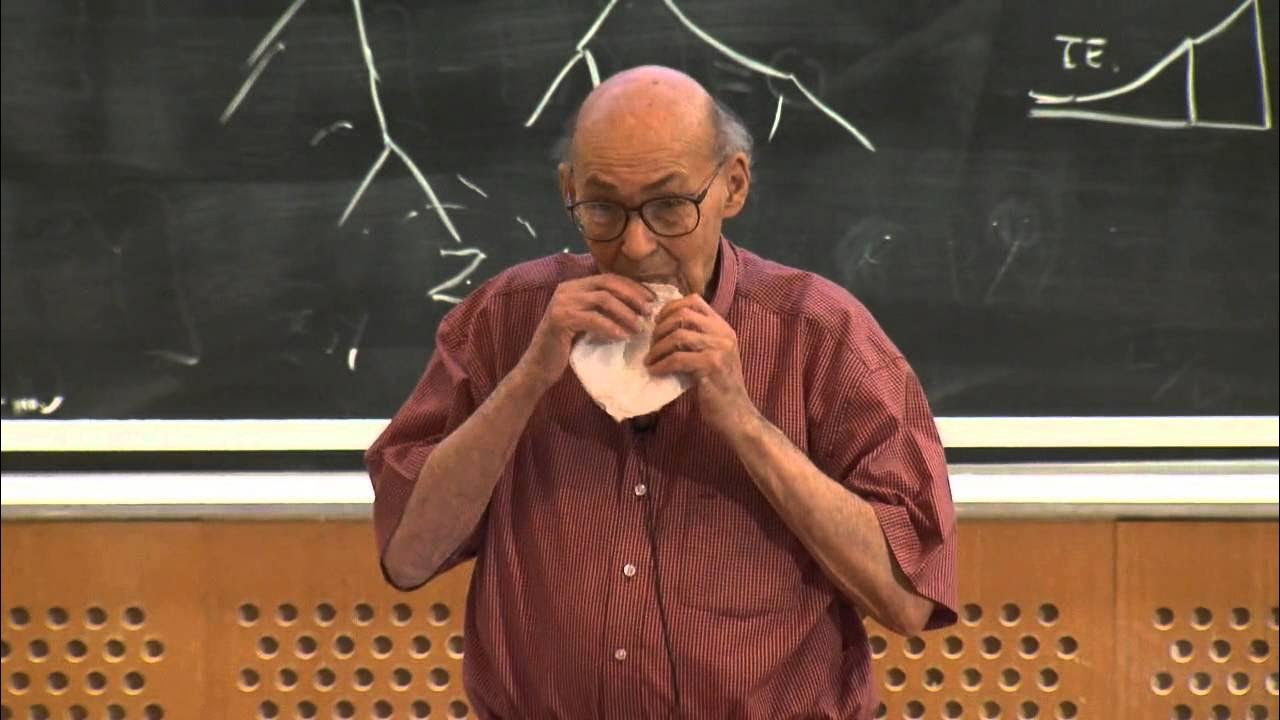Modern Harmony - Lesson 10: Ravel
Summary
TLDR在这段视频中,讲者分享了他在教授作曲时的经验,并批评了一些传统的和声学习方法,特别是仅仅标记和弦或遵循古典功能性和声规则的方式。他强调,复杂和声、音色、音域和纹理对音乐感知有重要影响。通过分析雷威尔、德彪西、贝多芬和斯特拉文斯基的作品,他展示了如何理解复杂的和声逻辑。以雷威尔的《镜子》第一乐章为例,讲者详细解释了和声技巧和音色的运用,展示音乐如何在复杂与简单之间呼吸,创造出有机和丰富的听觉体验。
Takeaways
- 🎵 教授在教学中遇到的作曲家通常只了解标记和声的方法,如G7或C半减七和弦,或者遵循古典功能和声的规则。
- 🎶 这些方法并不总是适用于更复杂的和声,因为它们忽略了音乐的纹理、音区和音色等重要方面。
- 🎼 视频系列将通过分析具体作曲家的和声逻辑,继续探讨现代和声的主题。
- 🎹 以拉威尔的《镜子》第一乐章为例,研究其独特的和声技巧,理解其背后的逻辑。
- 🎵 尽管这首曲子的调性是D大调,但它并不遵循传统的功能和声,而是通过复杂的和弦和不同音区的音色来构建音乐的方向感。
- 🎻 拉威尔利用两层音色结构,其中左手是琶音式的属七和弦,右手则使用半音和三、四度间隔。
- 🎶 音乐的呼吸感通过色彩化的和声变化和不同时段的半音音符数量变化来实现。
- 🎼 全音音阶由于没有半音,缺少和声张力,在这段音乐中充当了某种终止式的角色。
- 🎵 拉威尔的和声技术富有层次感,通过简单的主调框架与丰富的色彩化和弦结合,营造出丰富但不混乱的音乐效果。
- 🎹 通过优先考虑外声部的连贯运动,拉威尔的音乐逻辑总是基于可听感,使其复杂的和声仍然能够被清晰感知。
Q & A
问题1:什么是视频中的主要话题?
-视频的主要话题是关于现代和声的分析,重点关注具体作曲家的和声风格,以及这些作曲家如何使用和声技巧来创造丰富且有方向感的音乐。
问题2:传统的和声学习方法有哪些局限性?
-传统的和声学习方法如标记和弦(如G7或C半减七)或学习古典功能和声(如肖恩方法)通常忽视了音乐的质感、音区和音色,这些因素对音乐的感知有巨大影响。
问题3:视频中提到的“现代和声系列”关注什么?
-现代和声系列主要关注具体的作曲家,分析他们的和声逻辑,并通过具体案例展示这些和声原则如何应用于不同风格的音乐。
问题4:拉威尔的《镜子》中的和声技巧有什么特点?
-拉威尔在《镜子》中的和声技巧使用了丰富的和弦和音区分布,左手采用分解的属七和弦,右手使用半音和三度或四度的间隔。这种和声给音乐一种呼吸感和方向感。
问题5:如何理解视频中提到的“音乐的呼吸感”?
-“呼吸感”指的是音乐中的色彩变化和紧张度通过和声的变化来实现,音乐在不同的部分会有不同的色彩和张力,使其听起来不是单调的,而是有节奏地变化。
问题6:在视频中的例子中,拉威尔如何处理调性和非调性元素?
-拉威尔使用简单的调性框架,并通过次要的半音和弦来装饰这些框架。他的和声逻辑虽然不遵循古典的功能和声,但仍然基于听觉上的和谐性。
问题7:拉威尔在《镜子》的第一乐章中是如何处理旋律与和声的关系的?
-拉威尔在第一乐章中使用了较简单的调性框架,并通过七和九和弦的复杂和弦进行装饰。他注重声部之间的平滑连接,确保内声部的半音色彩与外声部的旋律性互动。
问题8:视频提到的“整体和声是基于三度和弦”是什么意思?
-这意味着尽管拉威尔的和声富含复杂的七和九和弦,但它们的基础依然是三度结构。这种和声框架使得复杂的和弦进程仍然具有可辨识的调性基础。
问题9:拉威尔的音乐如何利用外声部和内声部来影响听觉感知?
-拉威尔利用外声部的顺阶旋律和内声部的半音色彩,让听众感知到和声中的张力变化。外声部的旋律较为简单,而内声部则通过复杂的和声色彩来增强音乐的表现力。
问题10:视频中提到的“音调层次优先”在音乐中如何体现?
-这指的是人类的听觉会优先关注一些音调层次,如主旋律和外声部的顺阶旋律,而忽视内声部的复杂和声细节。这种优先性让我们能够在复杂的音乐结构中更好地理解音乐的和谐性。
Outlines

Dieser Bereich ist nur für Premium-Benutzer verfügbar. Bitte führen Sie ein Upgrade durch, um auf diesen Abschnitt zuzugreifen.
Upgrade durchführenMindmap

Dieser Bereich ist nur für Premium-Benutzer verfügbar. Bitte führen Sie ein Upgrade durch, um auf diesen Abschnitt zuzugreifen.
Upgrade durchführenKeywords

Dieser Bereich ist nur für Premium-Benutzer verfügbar. Bitte führen Sie ein Upgrade durch, um auf diesen Abschnitt zuzugreifen.
Upgrade durchführenHighlights

Dieser Bereich ist nur für Premium-Benutzer verfügbar. Bitte führen Sie ein Upgrade durch, um auf diesen Abschnitt zuzugreifen.
Upgrade durchführenTranscripts

Dieser Bereich ist nur für Premium-Benutzer verfügbar. Bitte führen Sie ein Upgrade durch, um auf diesen Abschnitt zuzugreifen.
Upgrade durchführenWeitere ähnliche Videos ansehen

Every mistake I made in 1000 hours of aim training and how you can avoid them.

How to Stand Out (without getting shot down)

How I turned $600 into $335,181 in 1 Year (Trading 2hrs/Day)

SUNO AI Personas The SECRET to CONSISTENT Vocal Styles

3. Cognitive Architectures

Testing the cheapest Fender Strat on Amazon - $119 Stratocaster
5.0 / 5 (0 votes)
